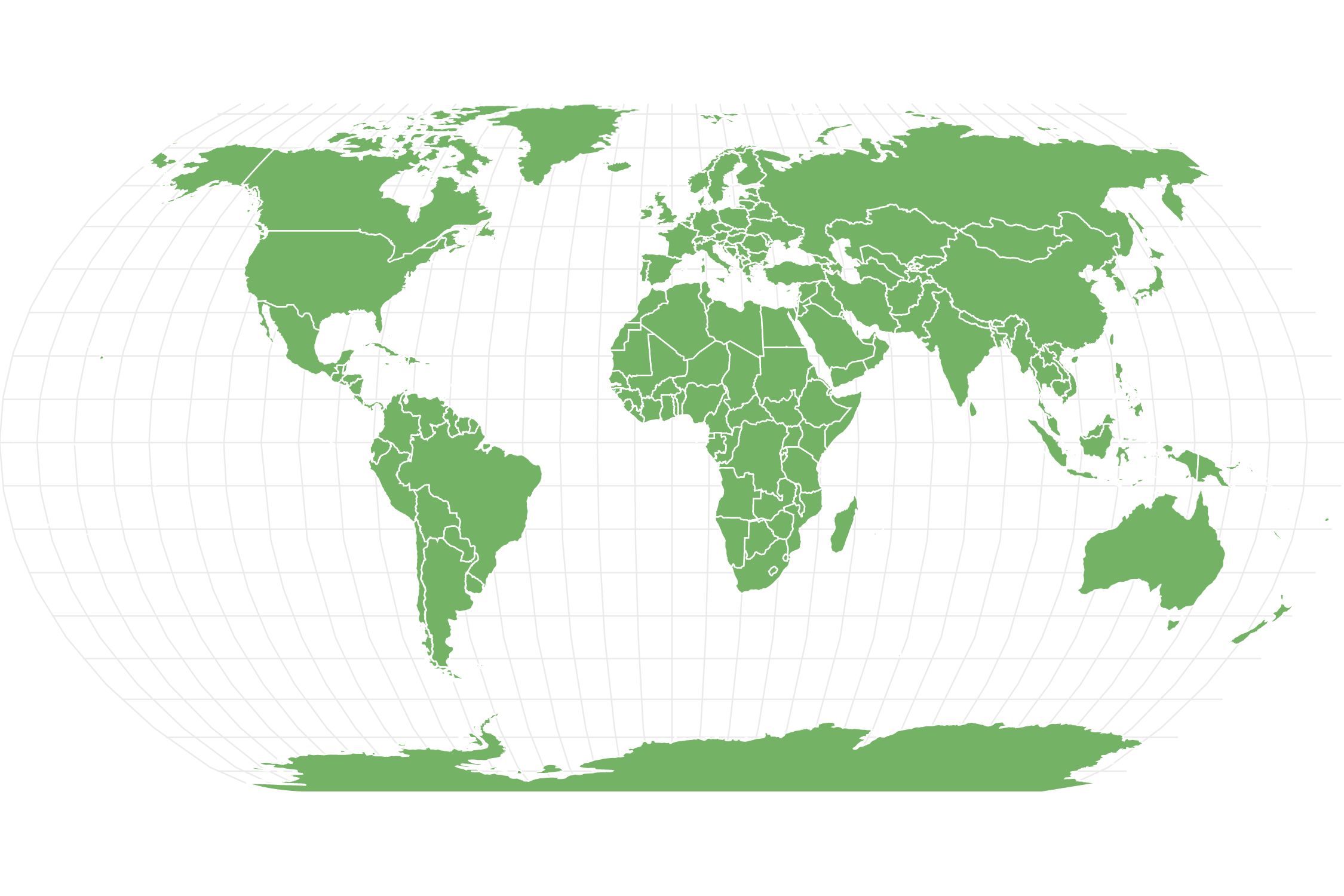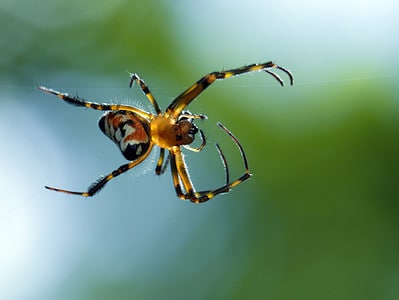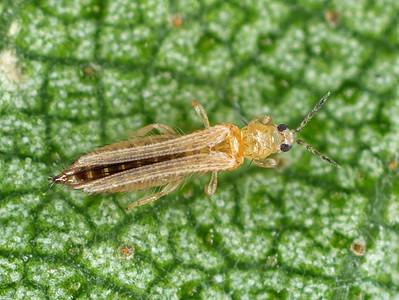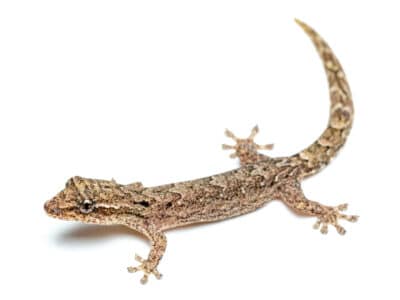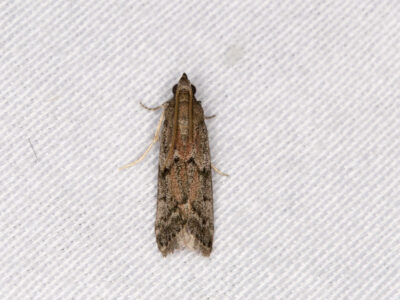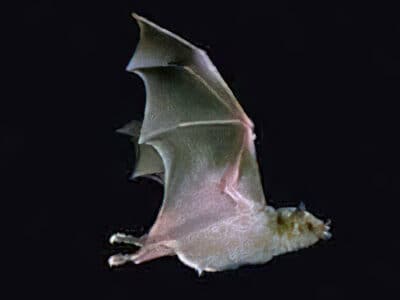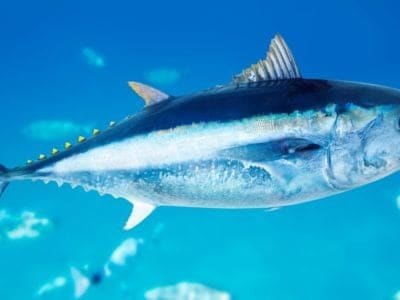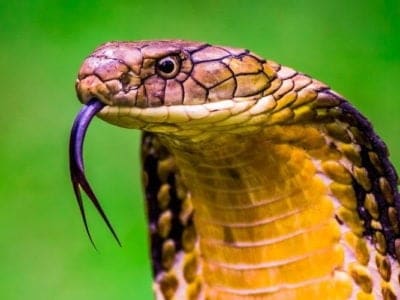De Brazza’s Monkey
Cercopithecus neglectus
They forage on plants and fruits and act as seed dispersers, helping their environment.
Advertisement
De Brazza’s Monkey Scientific Classification
- Kingdom
- Animalia
- Phylum
- Chordata
- Class
- Mammalia
- Order
- Primates
- Family
- Cercopithecidae
- Genus
- Cercopithecus
- Scientific Name
- Cercopithecus neglectus
Read our Complete Guide to Classification of Animals.
De Brazza’s Monkey Conservation Status
De Brazza’s Monkey Facts
- Prey
- Fruits, plants, insects
- Main Prey
- Herbaceous plants
- Group Behavior
- Group
- Fun Fact
- They forage on plants and fruits and act as seed dispersers, helping their environment.
- Estimated Population Size
- Unknown
- Biggest Threat
- Habitat loss, hunting, and trapping
- Most Distinctive Feature
- Orange crown, white beards
- Distinctive Feature
- White thigh stripes
- Gestation Period
- 5 to 6 months
- Temperament
- Moderately aggressive
- Age Of Independence
- One year
- Habitat
- Swamps and mountain forests
- Predators
- leopards, chimps, crowned eagles
- Diet
- Omnivore
- Lifestyle
- Diurnal
- Type
- Primate
- Common Name
- De Brazza's monkey
- Location
- Central Africa
De Brazza’s Monkey Physical Characteristics
- Color
- Brown
- Grey
- Black
- White
- Orange
- Skin Type
- Fur
- Lifespan
- 22 to 30 years
- Weight
- 8 to 15 pounds
- Age of Sexual Maturity
- 5 to 6 years
- Aggression
- Medium
View all of the De Brazza’s Monkey images!
“De Brazza’s get their name from their cryptic nature, often hiding from predators and humans.”
Summary
The de Brazza’s monkey (Cercopithecus neglectus) is a large guenon primate endemic to Central Africa. They inhabit swamps and mountain forests, where they spend most of their time in trees in small groups. Their names are Italian for “pay no attention to,” referencing their conspicuous nature and technique for avoiding predators. Discover everything about the de Brazza’s monkeys, including where they live, what they eat, and how they behave.
4 Amazing De Brazza’s Monkey Facts
- They roll up into balls next to trees to avoid detection from predators. And they will wait patiently and quietly for hours until they are positive the danger has passed.
- Despite their quiet nature, this species is highly aggressive towards other monkey species, including their own when defending their territory.
- They forage on plants and fruits and act as seed dispersers, helping their environment.
- Females occasionally growl at humans.
Scientific Name
De Brazza’s Monkey (Cercopithecus neglectus) belongs to the primate order in the Cercopithecidae family, which encompasses Old World monkeys. And the Cercopithecus genus, or guenon, includes forest monkeys endemic to Sub-Saharan Africa. Their scientific name, neglectus, is Italian for “pay no attention to.” They get their name from their cryptic nature, often hiding from predators and humans.
Appearance

De Brazza’s monkeys have distinct coloration, with gray bodies and reddish-brown backs.
©Wd Stock Photos/Shutterstock.com
The de Brazza’s monkey is an Old-World monkey and one of the largest species in the guenon family. They are sexually dimorphic, meaning males and females look different. The males are larger than the females, weighing an average of 15 and eight pounds, respectively. These monkeys have distinct coloration, with gray bodies, reddish-brown backs, black limbs and tails, and white rumps. They also feature long white beards, white muzzles, and orange foreheads. The white stripes on their thighs distinguish them from other guenon species. However, the juveniles lack darker extremities and white thigh stripes.
Evolution and History
We don’t know much about the de Brazza monkey’s evolution and history. But the first guenon fossil located in Africa was over four million years old. They are named after the Italian explorer Jacques Savorgnan de Brazza, who researched and recorded his findings in the 1800s.
Behavior
These monkeys are social animals, forming groups of four to 35 individuals. But they are highly territorial and do not associate with other monkey species. They can become aggressive toward other animals, including their own species, when males challenge each other. Some populations live in single-male, multi-female groups. Males make booming sounds to gather their group early in the morning and also to establish their territory. Both sexes give alarm calls when predators are nearby, and females are known for growling at humans.
Habitat
They live in swamps, bamboo, and mountain forests in Central Africa. You can find this species in Angola, Cameroon, the Central African Republic, The Democratic Republic of the Congo, Equatorial Guinea, Ethiopia, Gabon, Kenya, South Sudan, Nigeria, and Uganda. This species depends on freshwater, and they never stray far from rivers or tributaries. They prefer to live in dense forests and are mainly arboreal. But they occasionally venture to the forest floor to forage for plants.
Diet
The de Brazza’s monkey is omnivorous and feeds on a wide variety of food. Their primary diet is fruits and herbaceous plants. They also eat flowers, leaves, and mushrooms. When food is scarce, they supplement their diet with beetles, termites, and worms. They make quiet croaking noises as they forage along the forest floor. This species moves around on all fours, picking up leaves with its hands.
Predators
Other than humans, de Brazza’s monkeys face predators, such as leopards, chimps, crowned eagles, dogs, and pythons. These conspicuous primates use camouflage to escape predation. They roll up into a ball next to a tree, hiding their orange crown and white stripes. They stay silent and wait for the animals to leave. If the creature gets too close, the de Brazza’s monkey slowly backs away undetected.
Reproduction and Life Cycle
De Brazza’s monkeys reach sexual maturity between five and six years old, and males will leave their families before maturation. The breeding season occurs each year in February and March, and most populations are polygamous, mating with multiple partners. However, those in Gabon participate in a monogamous reproductive system, with only some individuals mating with multiples. The gestation is five to six months, and females typically only carry one infant at a time, although twins are a rare occurrence. Once born, the babies stay close to their mothers for the first year until they are weaned. There is a year-long inter-birth interval. They live around 22 years in the wild and up to 30 years in captivity.
Population and Conservation Status
The IUCN lists de Brazza’s monkey as LC or “least concern.” Their population size is unknown, but they are generally common and widespread. They do not meet the thresholds for threatened status. However, this species suffers local threats, such as habitat loss from the agricultural industry, logging, and wood harvesting. They are also hunted and trapped for bushmeat in the western and central parts of their range.
Locations:
- Angola
- Cameroon
- Congo
- Equatorial Guinea
- Ethiopia
- Gabon
- Kenya
- South Sudan
- Uganda
Related Animals
View all 110 animals that start with DDe Brazza’s Monkey FAQs (Frequently Asked Questions)
Where does the De Brazza's monkey live?
They live in swamps, bamboo, and mountain forests in Central Africa. They prefer to live in dense forests and are mainly arboreal.
Is the De Brazza monkey endangered?
The IUCN lists De Brazza’s monkey as LC or “least concern.” Their population size is unknown but they are generally common and widespread. They do not meet the thresholds for threatened status.
What does De Brazza's monkey eat?
The De Brazza’s monkey is omnivorous and feeds on a wide variety of food. Their primary diet is fruits and herbaceous plants. They also eat flowers, leaves, and mushrooms.
How can you distinguish the De Brazza's monkey from other species?
They feature long white beards, white muzzles, and orange foreheads. The white stripes on their thighs distinguish them from other guenon species.
Are De Brazza's monkeys aggressive?
They can become aggressive toward other animals, including their own kind, when males are challenging each other. They are also highly territorial and do not associate with other monkey species.
Thank you for reading! Have some feedback for us? Contact the AZ Animals editorial team.
Sources
- IUCN Redlist, Available here: https://www.iucnredlist.org/species/4223/17947167
- Bio One.org, Available here: https://bioone.org/journals/primate-conservation/volume-22/issue-1/052.022.0111/A-New-Population-of-De-Brazzas-Monkey-in-Kenya/10.1896/052.022.0111.full
- Wiley.com, Available here: https://onlinelibrary.wiley.com/doi/abs/10.1002/ajp.1350130207
- Springer.com, Available here: https://link.springer.com/article/10.1007/BF02192776

